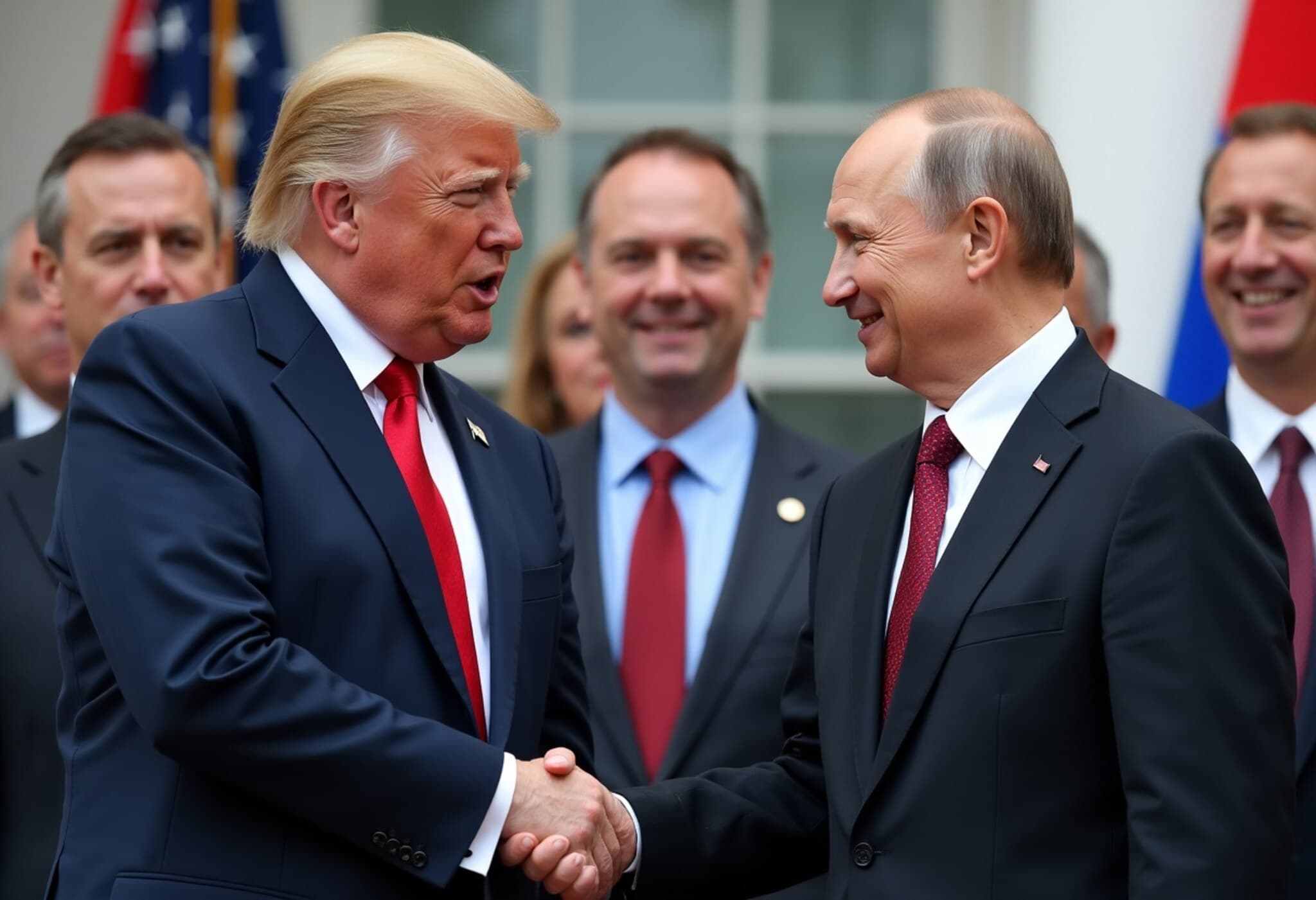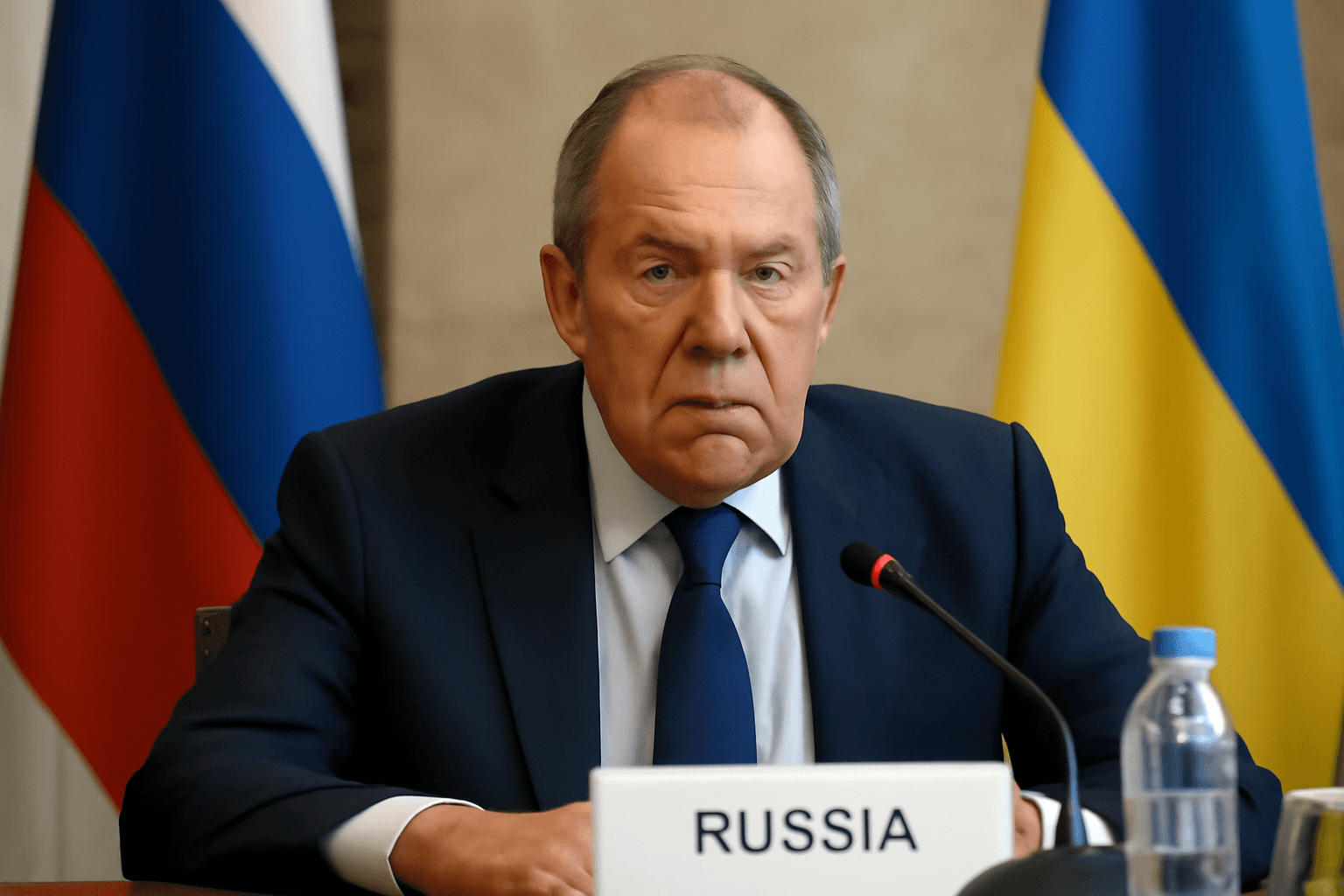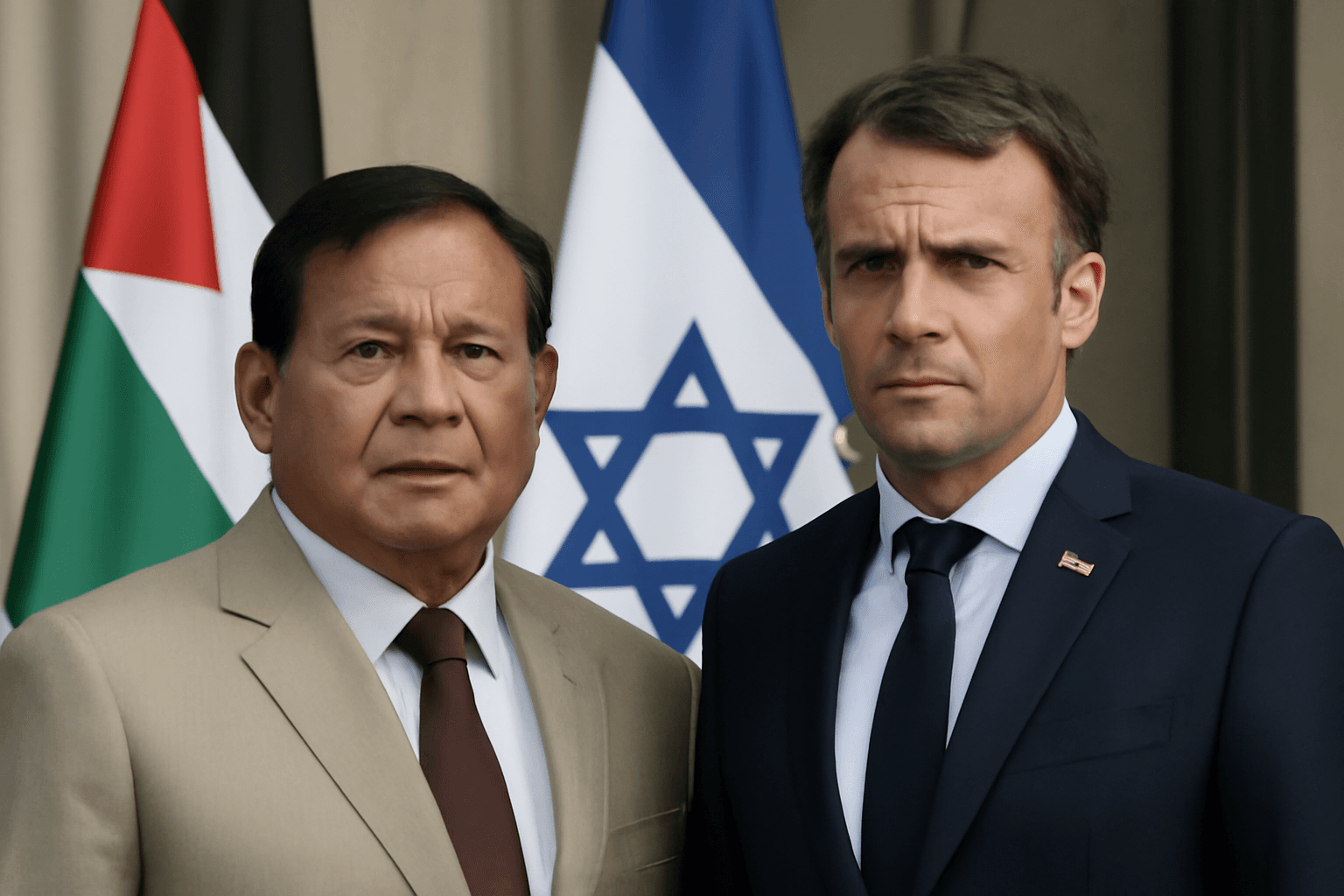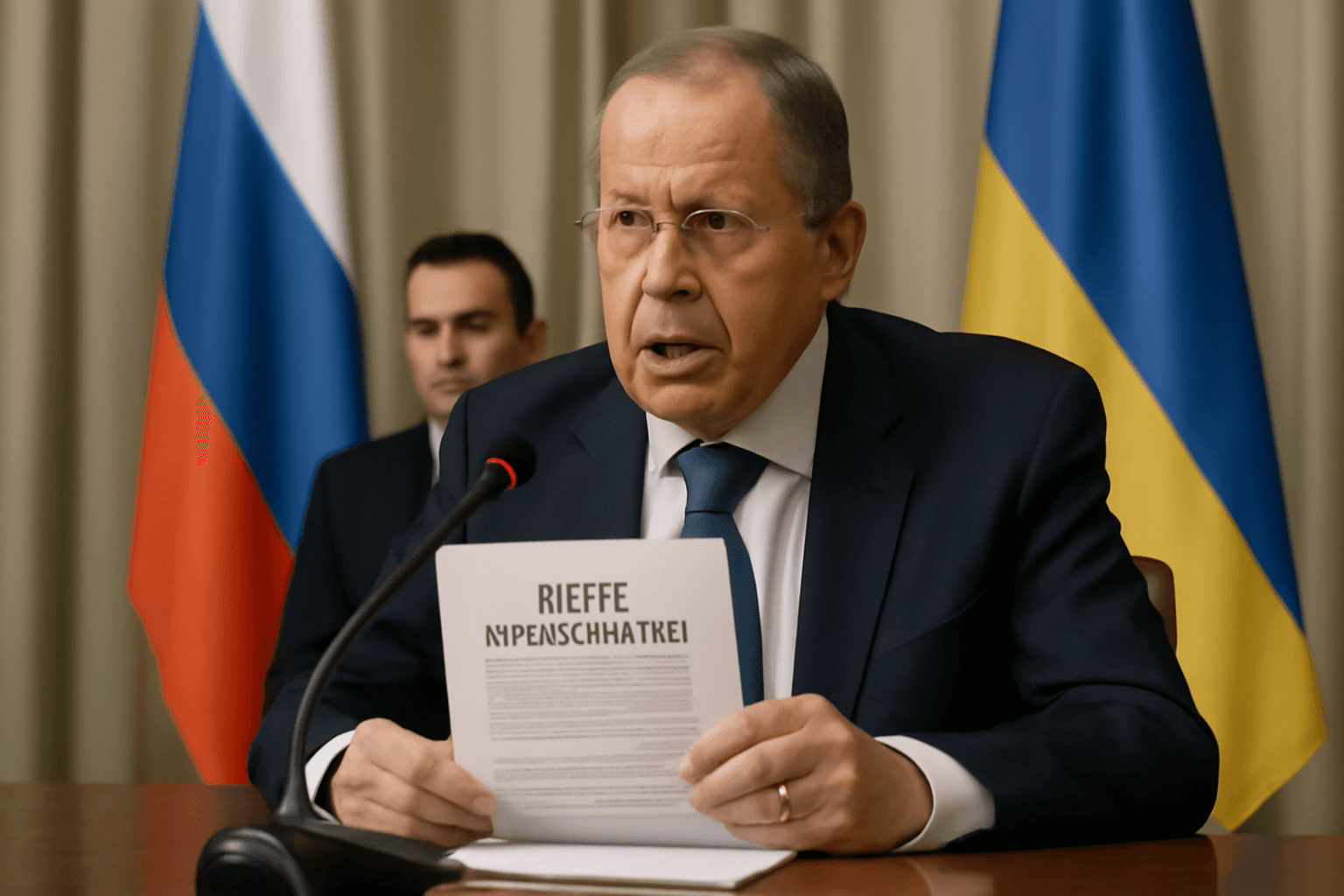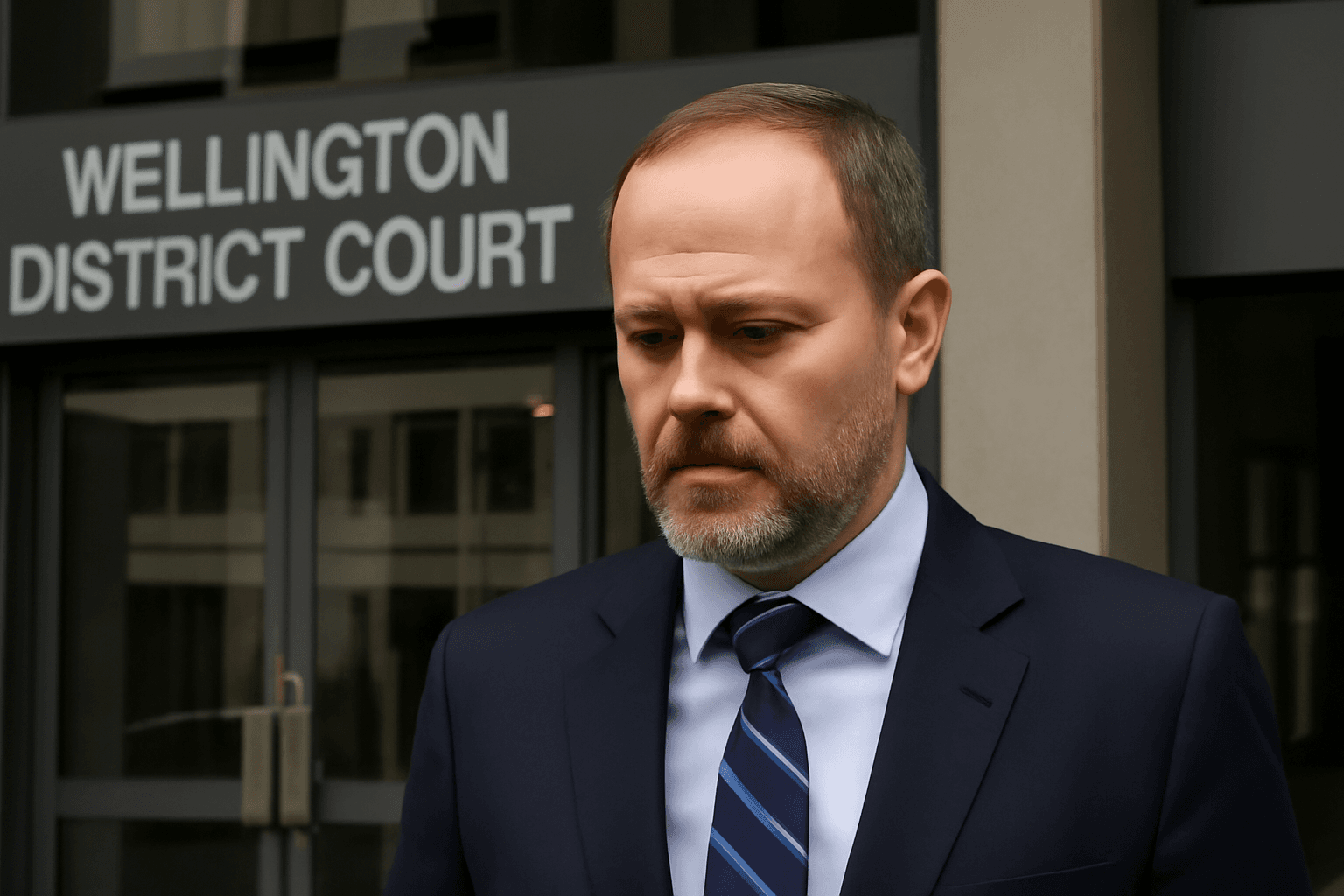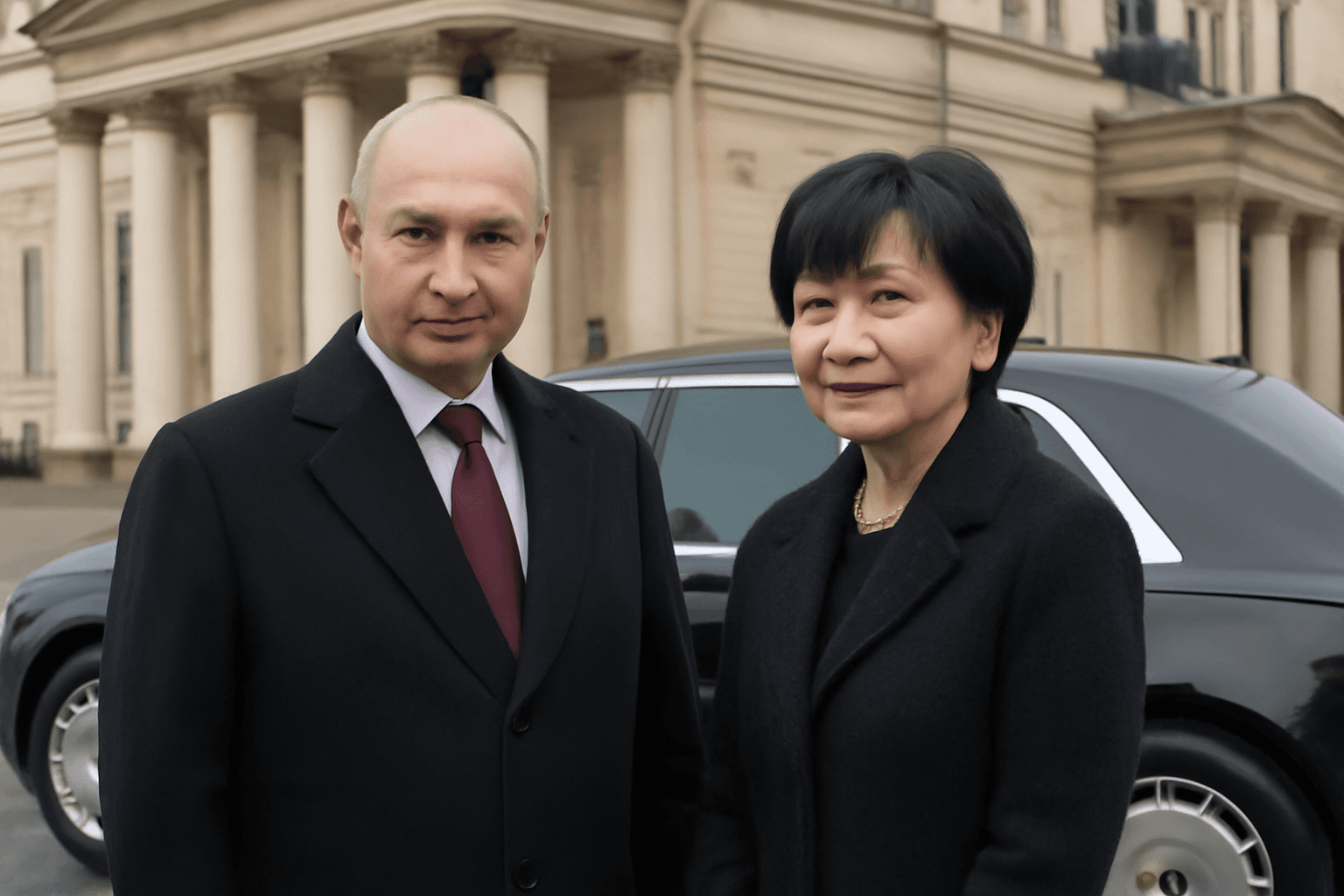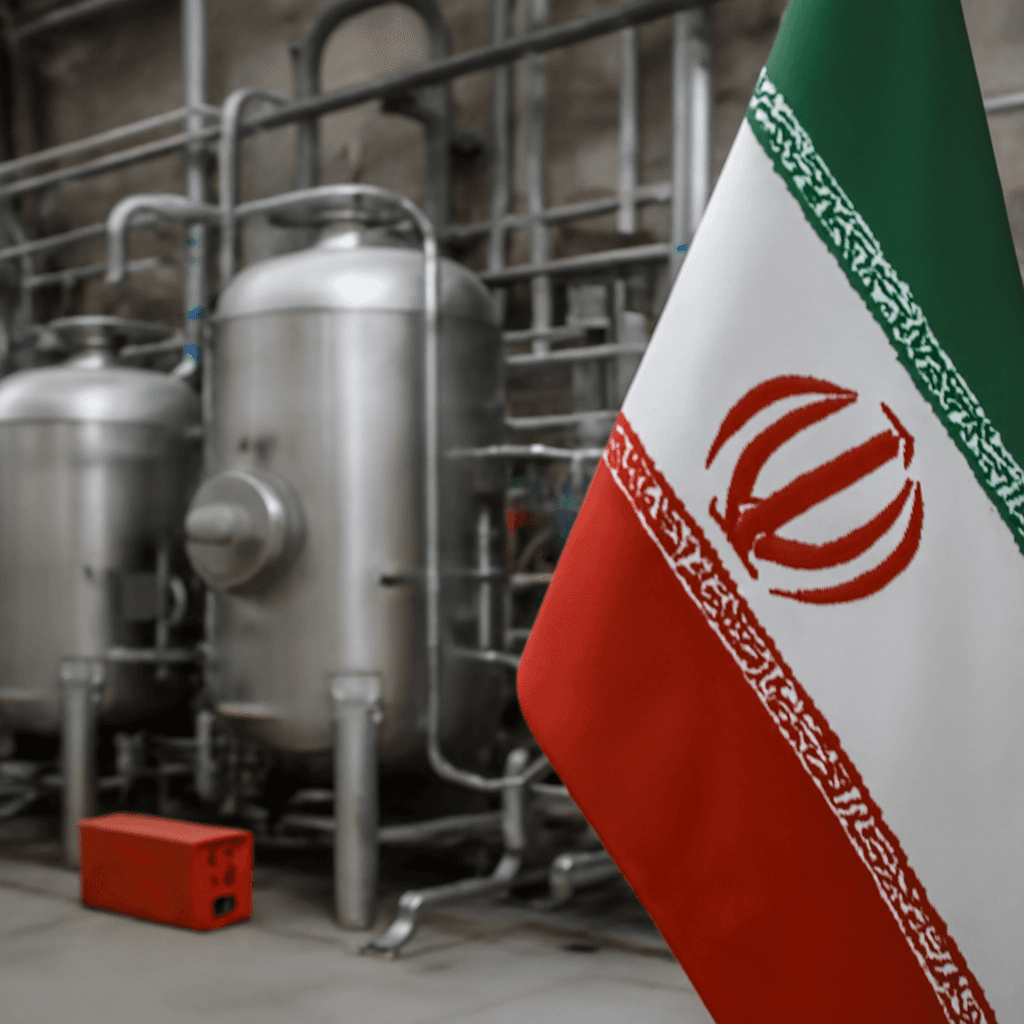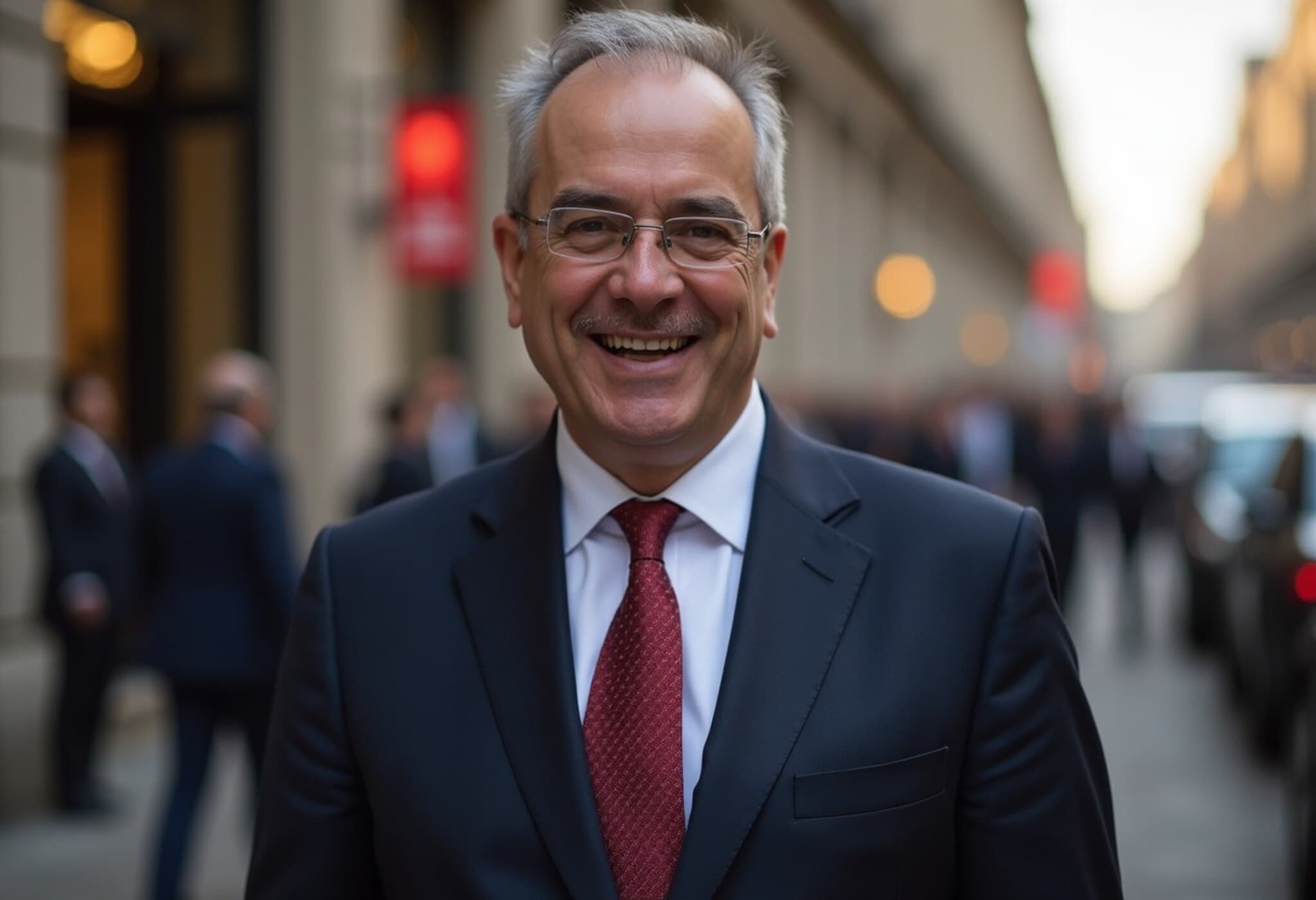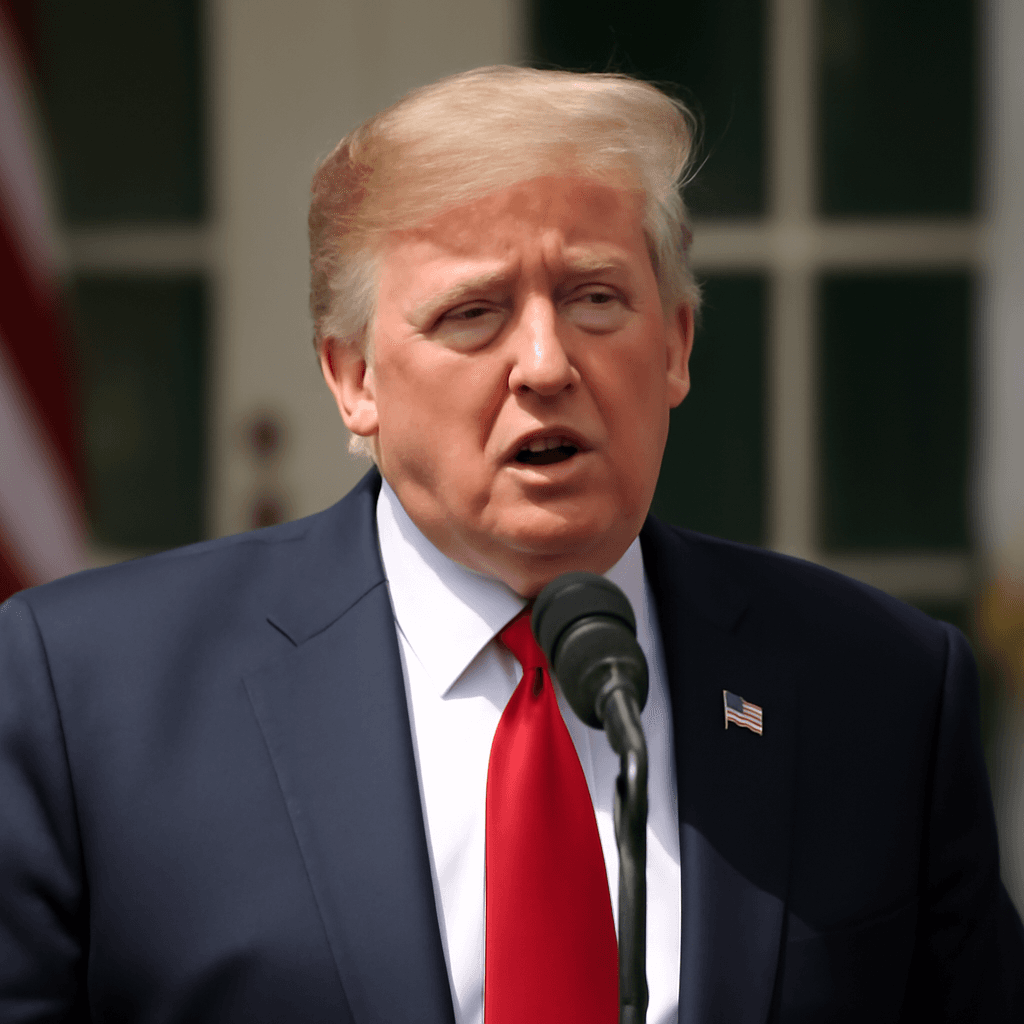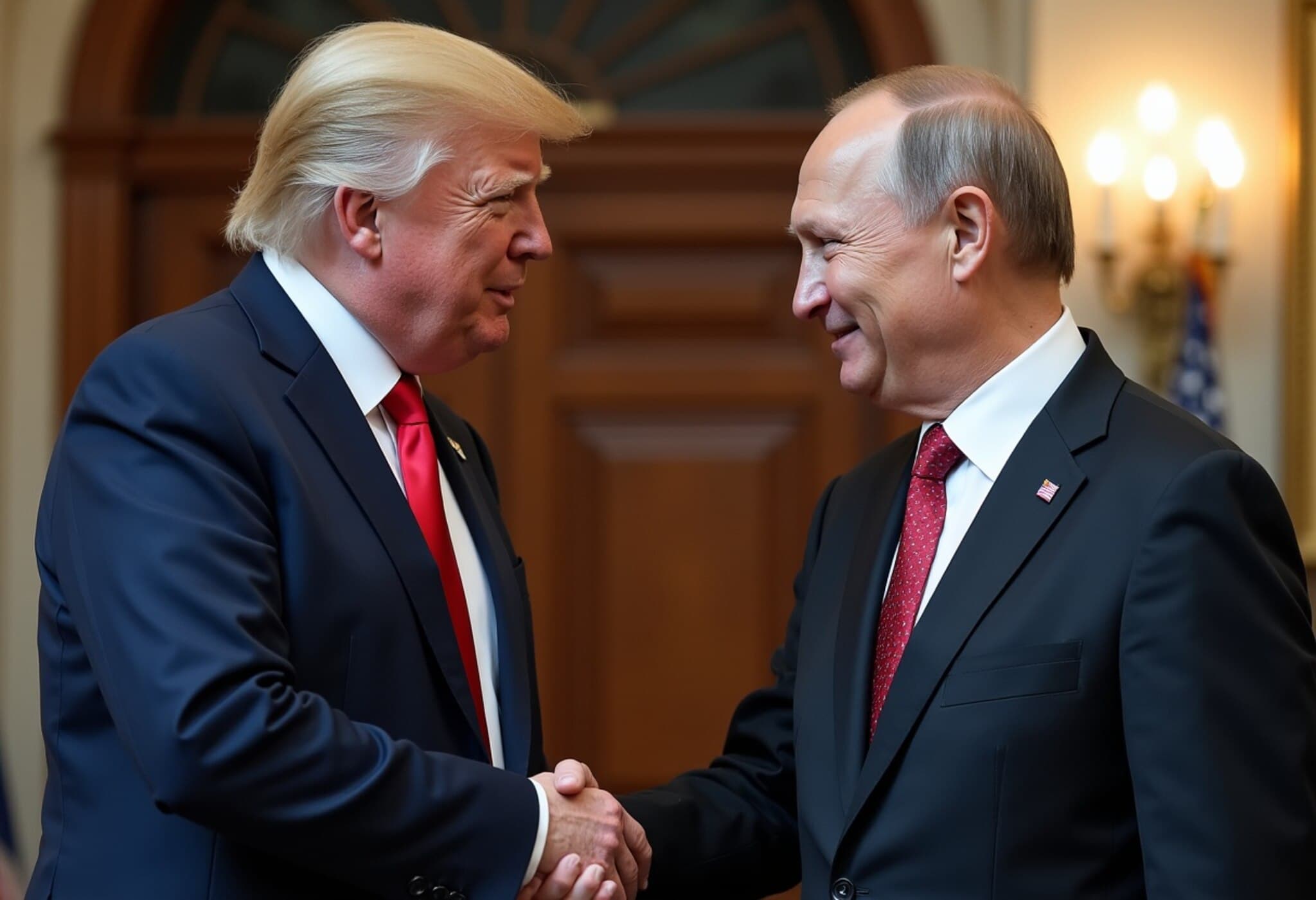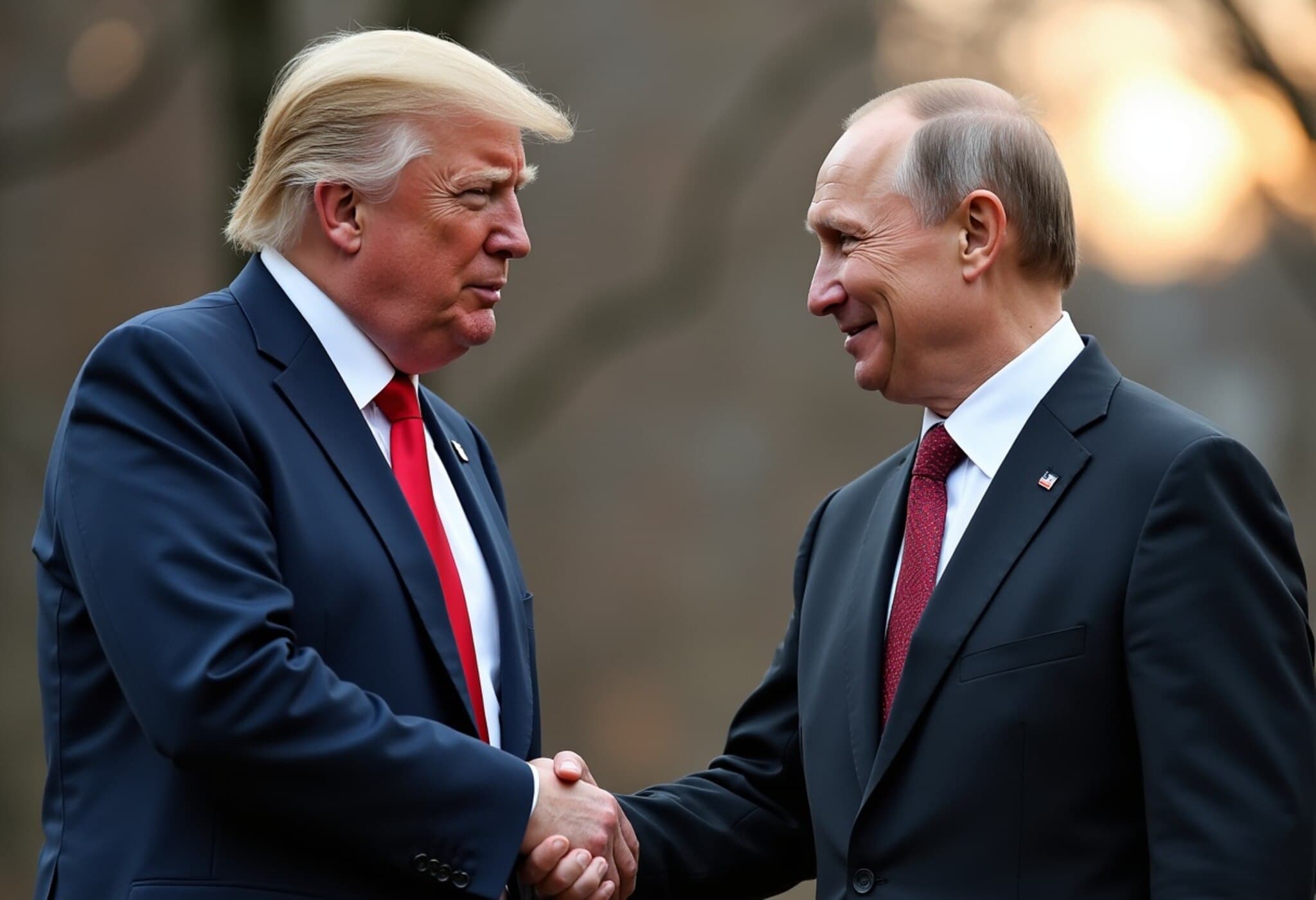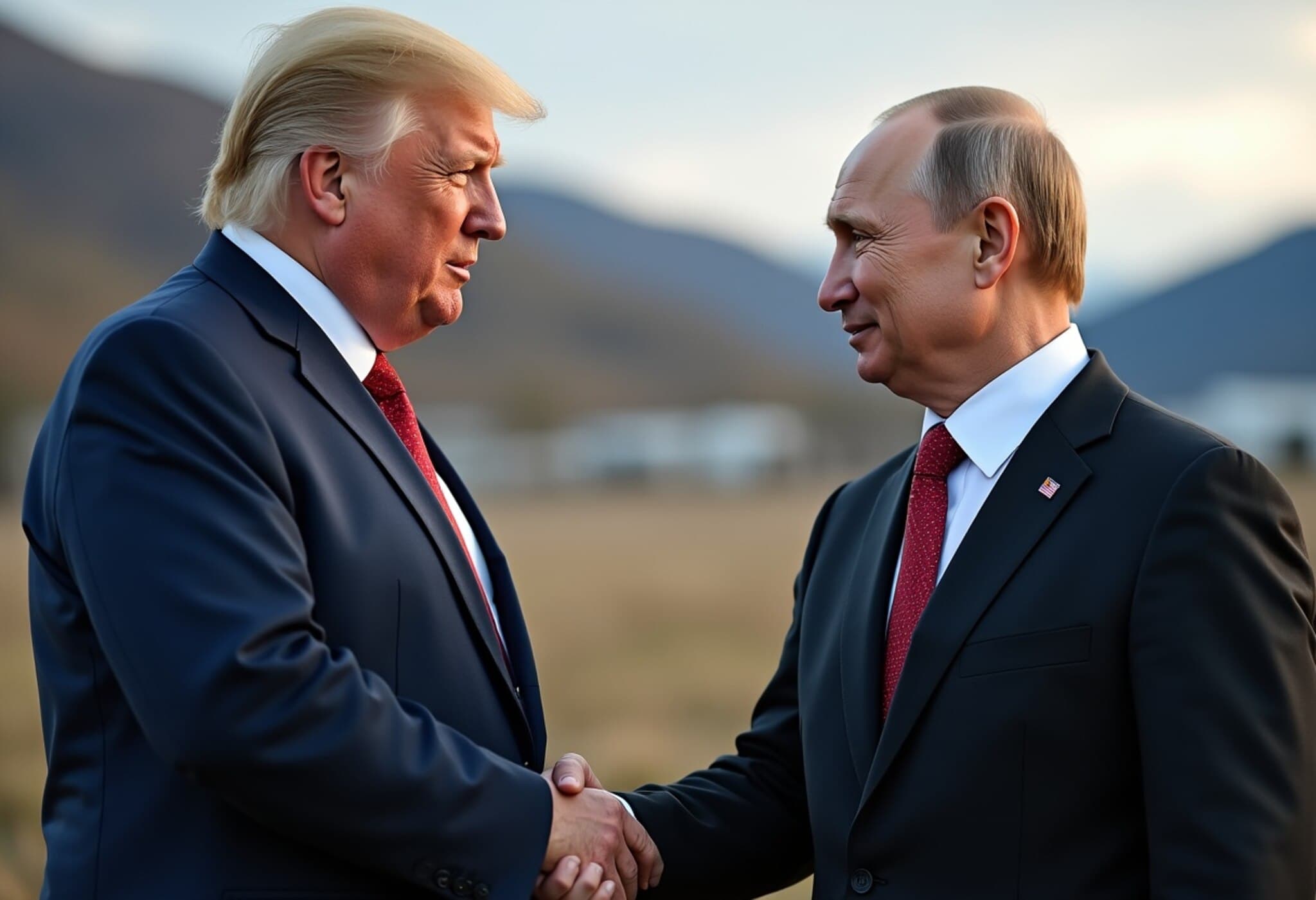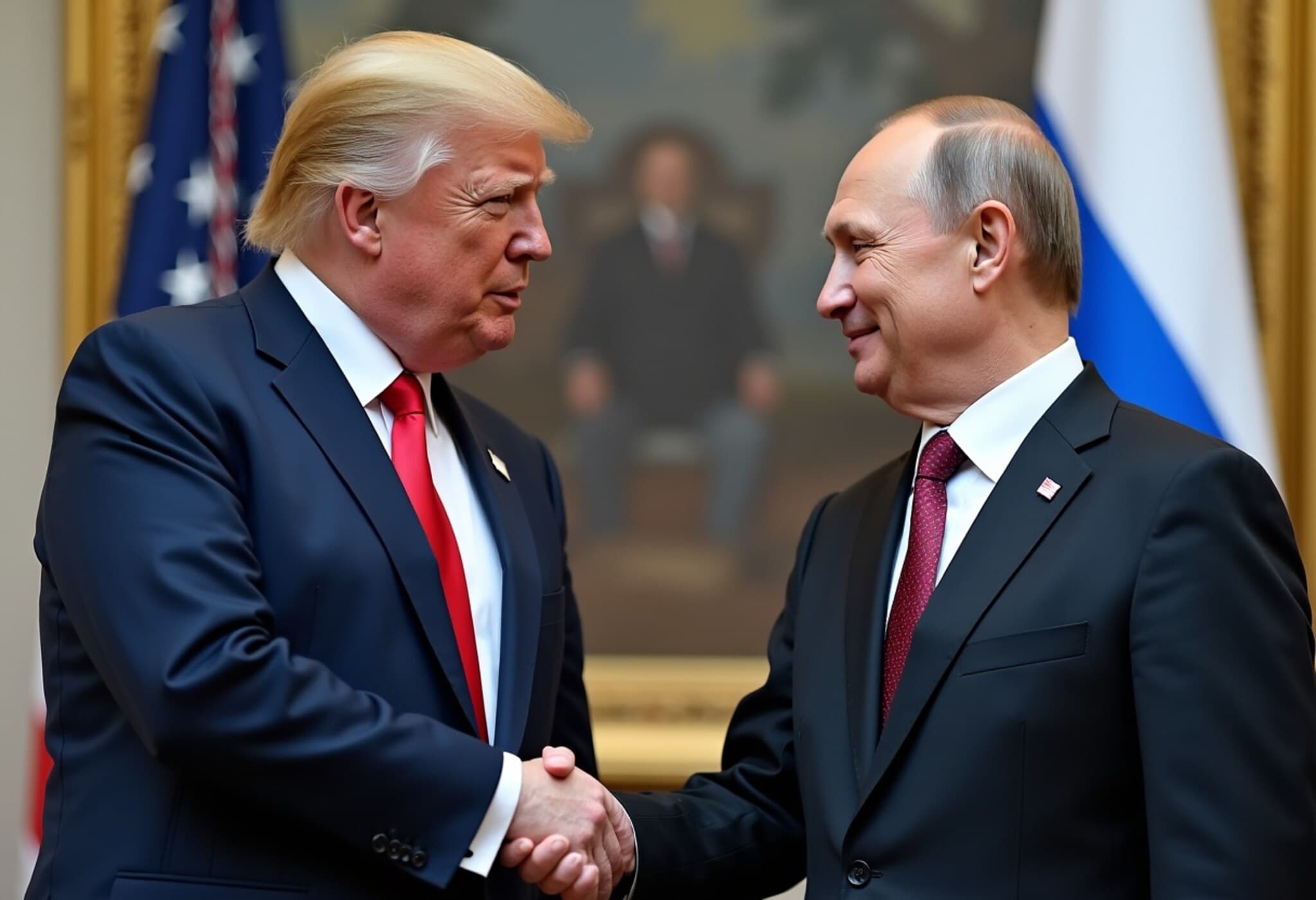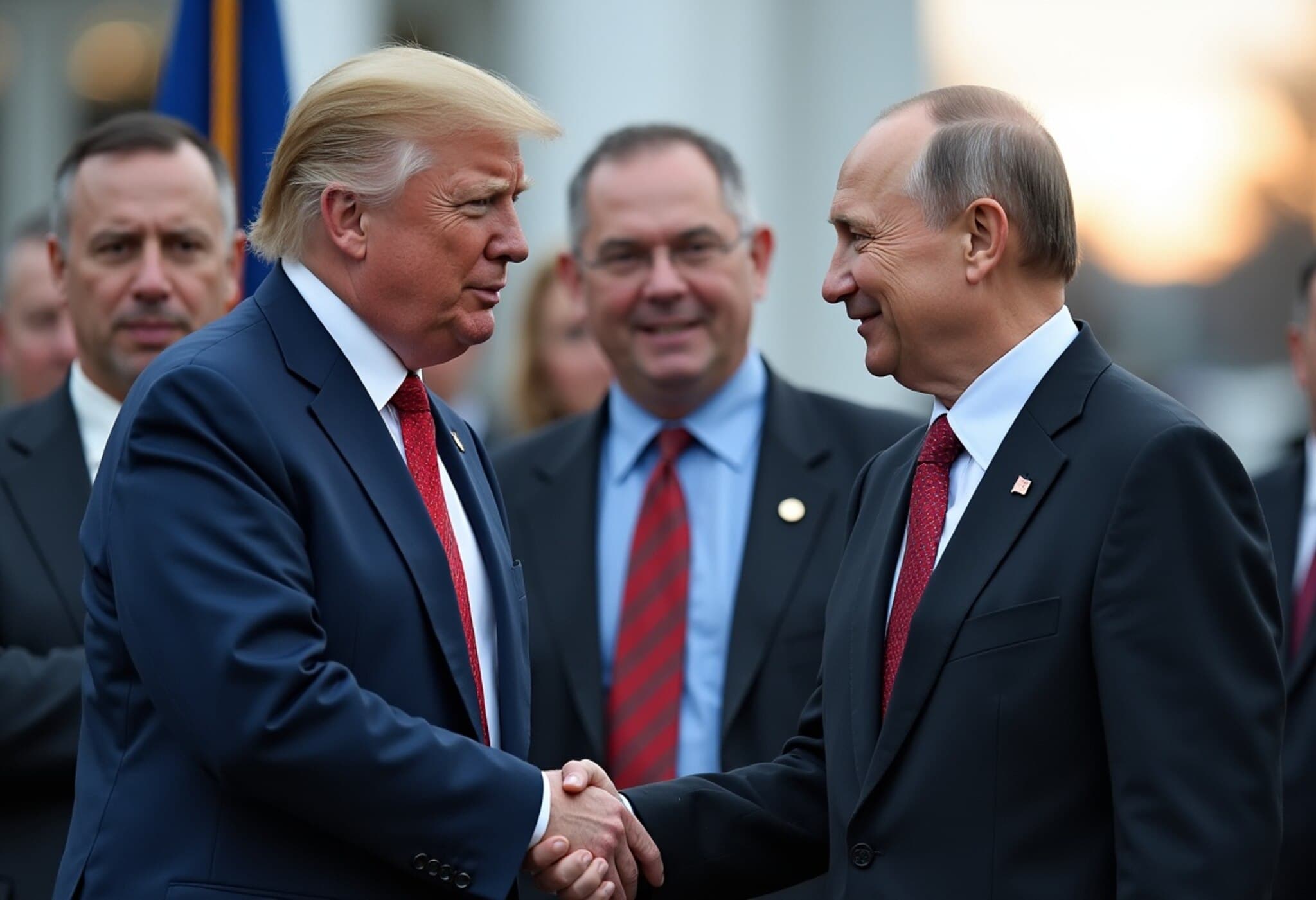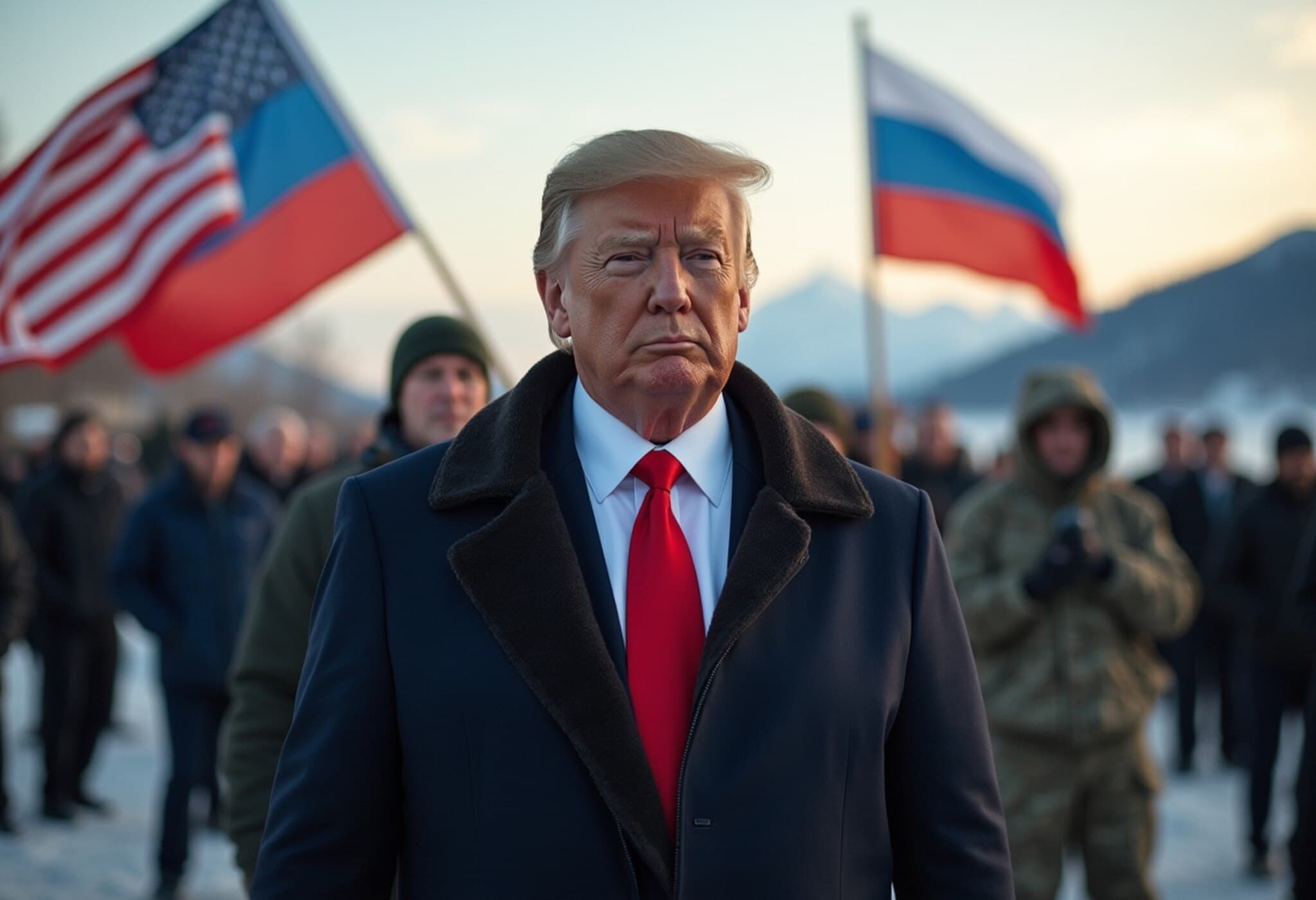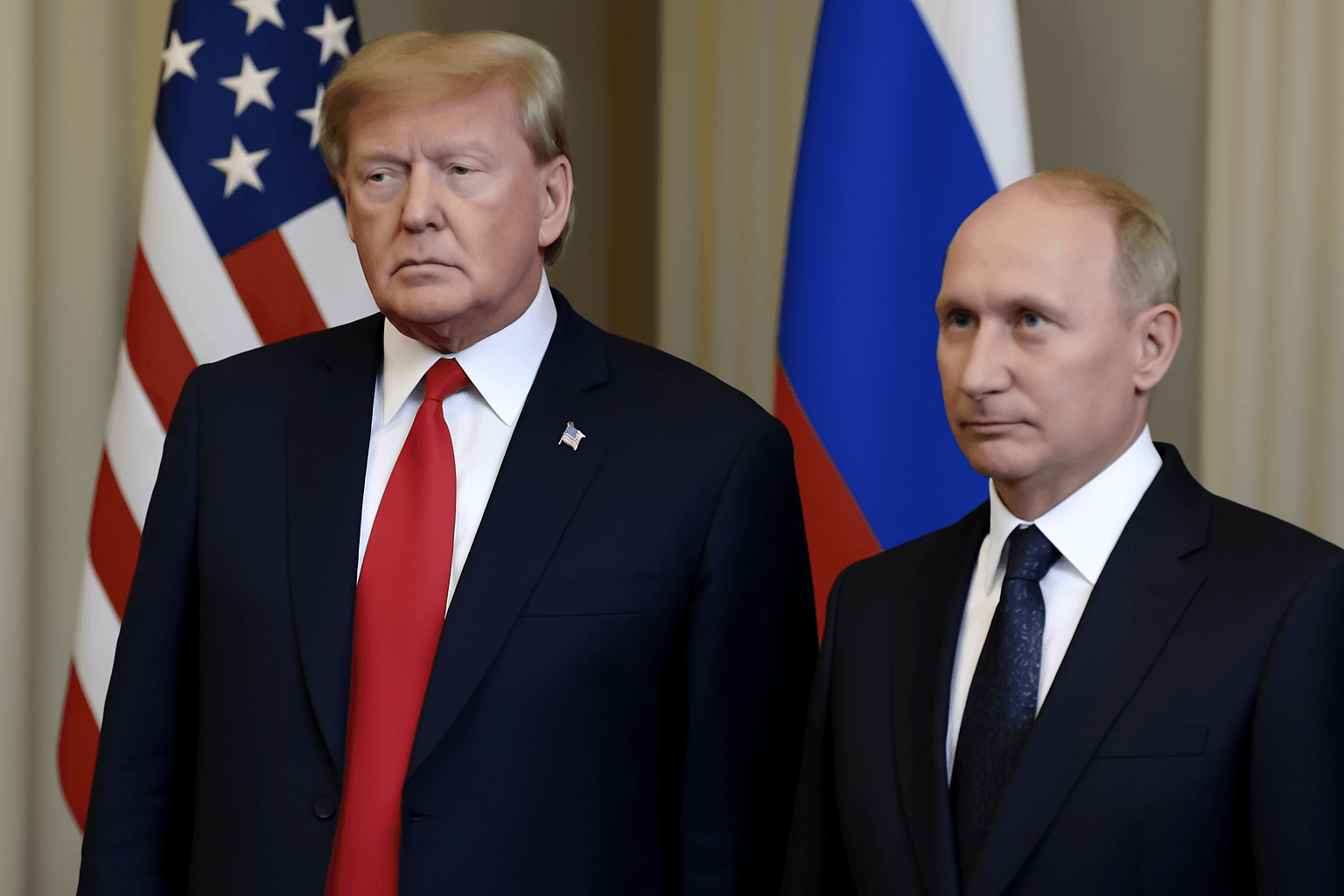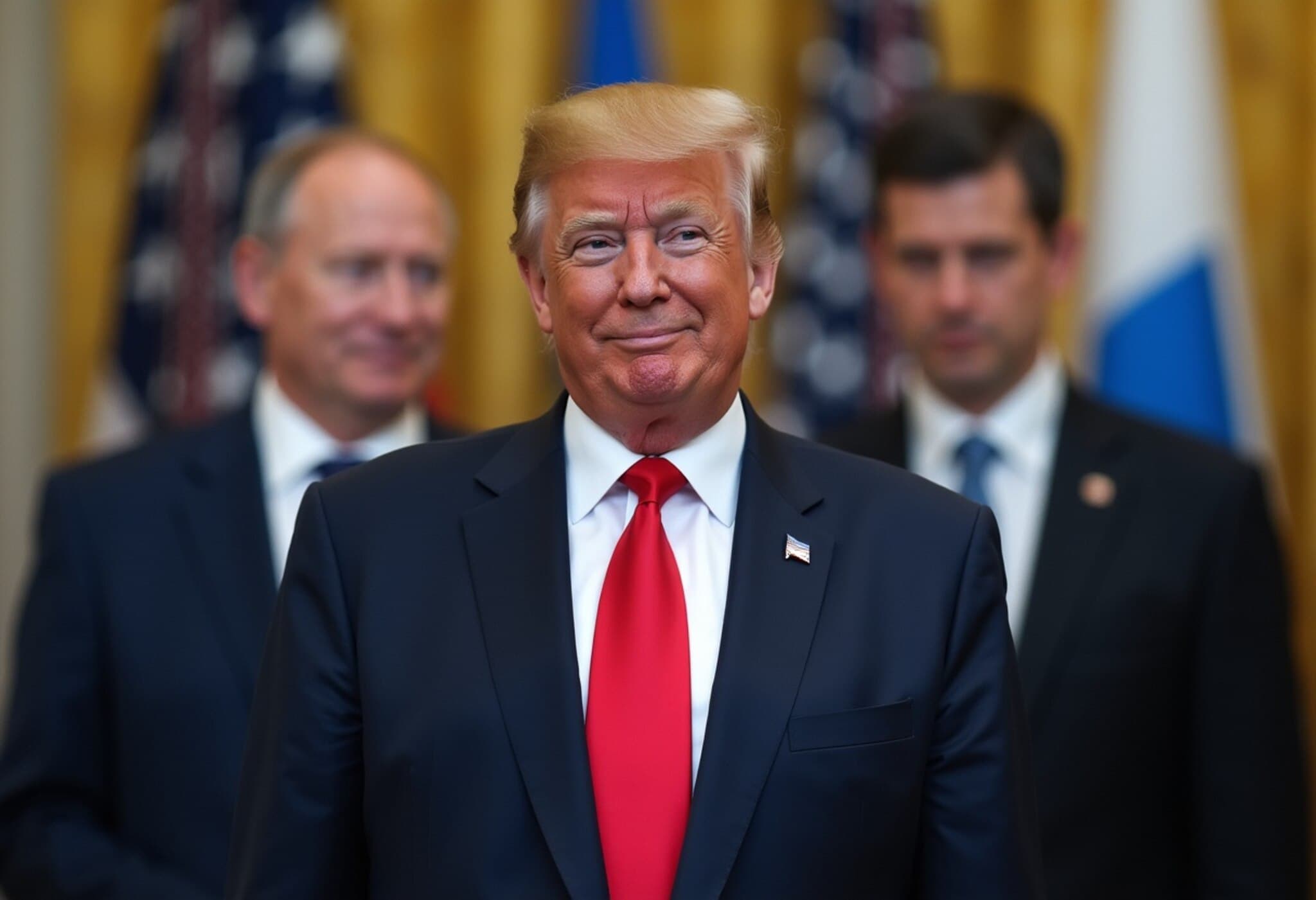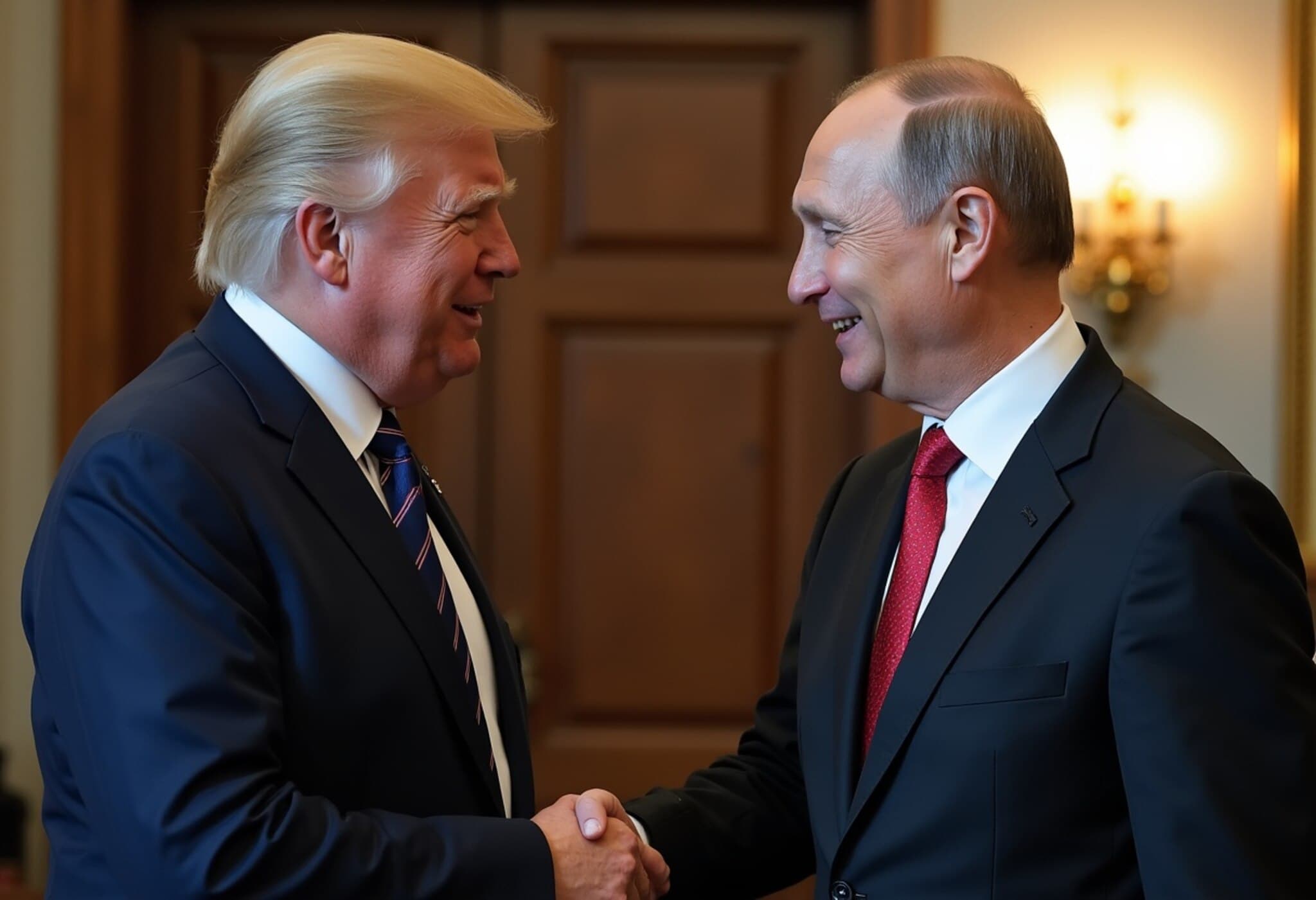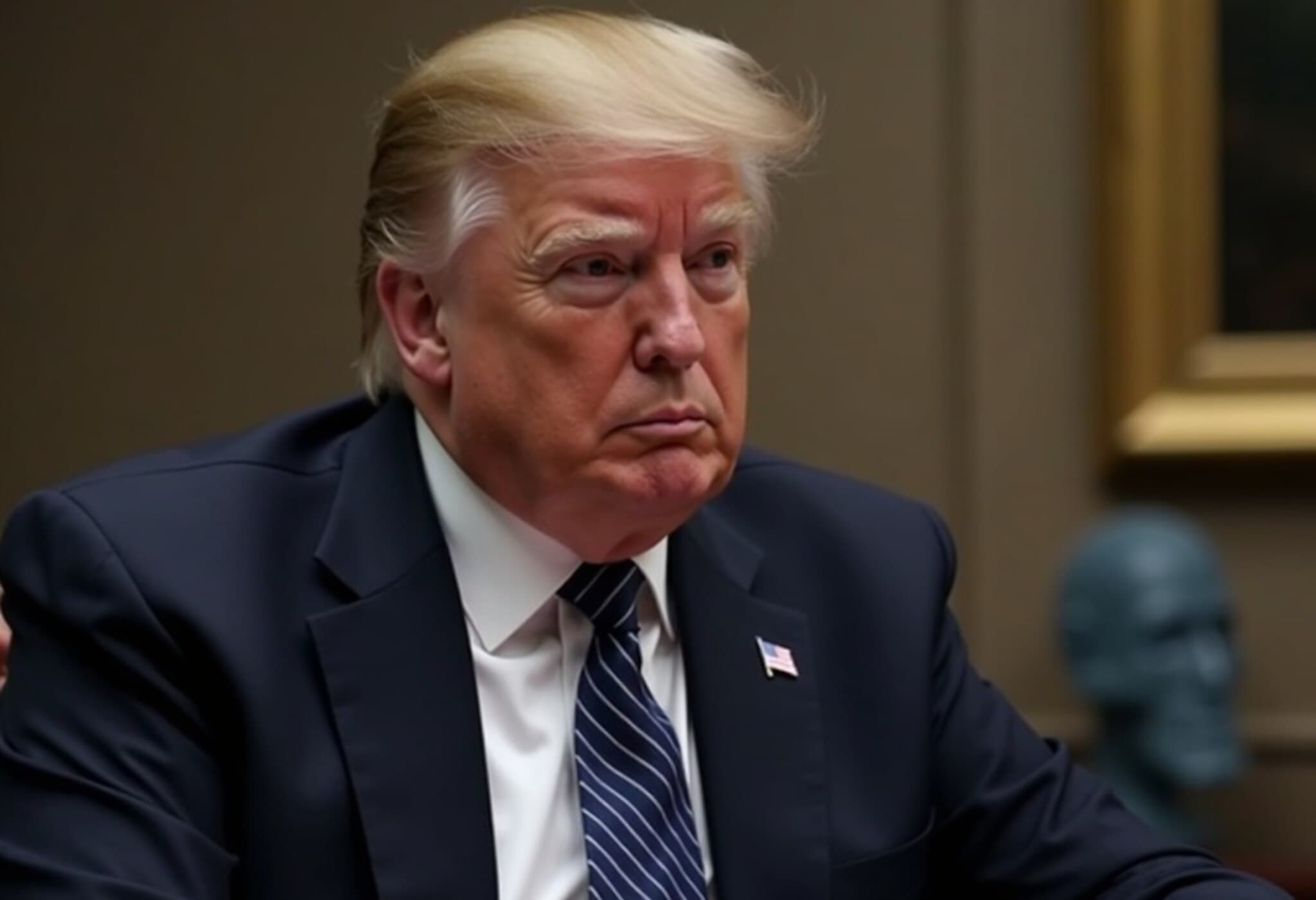Trump-Putin Alaska Summit: A Symbolic Yet Cautious Reengagement
In a high-profile meeting at Joint Base Elmendorf-Richardson in Anchorage, Alaska, former US President Donald Trump and Russian President Vladimir Putin held talks that, while marked by cordial exchanges and ceremonial fanfare, ultimately yielded no concrete agreements on the ongoing Ukraine conflict. The summit illuminated not only the persistent complexities of US-Russia relations but also underscored the fractured geopolitical landscape influencing global peace efforts.
Return of Putin to the Global Diplomatic Arena
Putin’s visit to American soil for the first time in about a decade, especially after years of diplomatic isolation prompted by Russia’s 2022 invasion of Ukraine, signaled a cautious thaw and a symbolic re-entry onto the world stage. The red-carpet reception and military flyovers—including B-2 stealth bombers and F-22/F-35 fighter jets—highlighted the pageantry often accompanying high-stakes diplomacy. Russian media quickly leveraged this imagery domestically to depict Putin as a pivotal actor in global affairs, contrasting with wary European capitals that remain skeptical or critical of his policies.
No Binding Agreements Amid Optimistic Statements
Despite mutual expressions of optimism — Trump described the discussions as "extremely productive" while Putin spoke of "an understanding" — the talks culminated without any signed deals or formal commitments. Trump candidly admitted, "We didn’t get there. There’s no deal until there’s a deal." Meanwhile, Putin hinted at hope for future peace prospects in Ukraine but stopped short of detailing concrete next steps.
Atmosphere of Ceremony and Unexpected Warmth
The summit famously departed from traditional protocols. Instead of a heavily pre-scripted, multimonth negotiation, the two leaders met in a somewhat improvisational setting, accompanied by senior aides rather than in secluded private talks. Their extended handshakes, exchanges of smiles, and informal conversation—Putin even invited Trump to Moscow—offered a striking image of personal rapport amid geopolitical tensions.
Underlying Political Undercurrents and Messaging
Putin underscored a pointed political message by asserting that if Trump had been President during the initial phase of the Ukraine conflict, the war might have been avoided. This implicit criticism of the current US administration dovetails with Trump's persistent narrative blaming President Biden for the war’s continuation. However, Trump stopped short of directly responding to Putin’s comments, instead reiterating that, "This isn’t my war. This is Biden’s war."
Imbalanced Speaking Time Reflects Power Dynamics
The press briefing further revealed subtle dynamics: Putin spoke for over eight minutes, skillfully delivering Russia’s perspective and commending the tone of the exchange, while Trump’s remarks lasted just under four minutes, focusing on the prospect of dialogue and diplomatic progress, contingent on Ukraine’s approval. This imbalance hints at Russia’s continued messaging advantage in shaping global narratives.
Trade and Tariff Talks: Signals Amid Uncertainty
Amid diplomatic overtures, Trump remarked he was reconsidering tariffs on Russian oil imports, a significant factor given the economic pressure on Moscow. He suggested that the summit’s positive tone might delay such measures but acknowledged potential reimplementation in the coming weeks. Notably, India rejected claims it was reducing Russian oil purchases, criticizing US tariffs as "unjustified," illustrating the complex interplay of global energy politics and alliances.
Ukraine's Exclusion and Implications for Peace Negotiations
Perhaps most critically, Ukraine was absent from the summit, a glaring omission as it remains the primary victim and stakeholder of the conflict. Ukrainian President Volodymyr Zelenskyy condemned this exclusion, emphasizing Kyiv’s readiness to engage meaningfully to end hostilities and calling for robust American support. This raises pressing questions about the legitimacy and efficacy of dialogues conducted without direct participation from all affected parties.
Looking Ahead: Tentative Steps Toward Continued Dialogue
Both leaders signaled intentions for ongoing communication, with Putin inviting Trump to Moscow and Trump hinting at forthcoming calls with European leaders and Ukraine’s president. While immediate breakthroughs are elusive, these gestures indicate that the Alaska summit could be a prelude to a protracted, complex diplomatic dance—an arena where gestures matter nearly as much as concrete outcomes.
Expert Commentary: Navigating the Labyrinth of US-Russia Relations
This summit underscores the enduring challenges of diplomacy between geopolitical rivals deeply divided on fundamental issues. From an American policy perspective, the optics of engaging Putin—accused by many Western leaders of war crimes—pose ethical and political dilemmas, balancing the need for dialogue against the risk of legitimizing aggression.
Furthermore, the improvised nature of the summit and its lack of a solid negotiating framework reflect a departure from conventional diplomatic practice that may undermine substantive progress. Without Ukraine’s direct involvement or clear, enforceable outcomes, the meeting risks being remembered more for spectacle than for substance.
Editor’s Note
The Trump-Putin Anchorage summit highlights the complexities inherent in US-Russia relations amidst the Ukraine crisis. While the meeting featured warm gestures and public optimism, the absence of tangible agreements and Ukraine’s exclusion raise crucial questions about the path forward. Can continued dialogue in such a fraught atmosphere pave the way for peace, or does it risk perpetuating stalemate and misunderstanding? As the world watches, the real test lies in translating diplomatic theatre into durable solutions.

